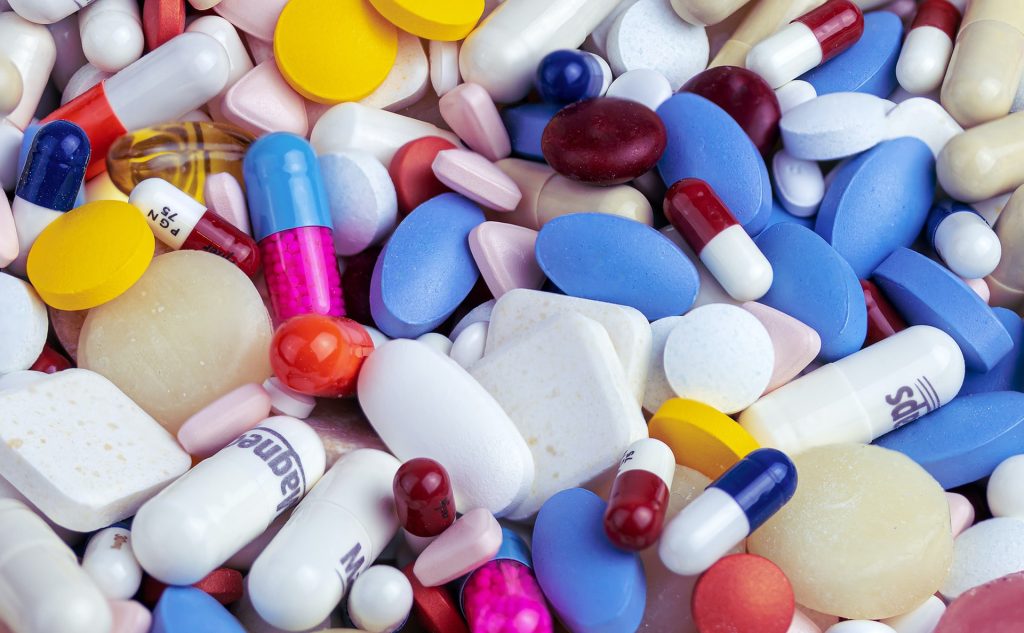Risk of Cardiovascular Disease Linked to Arsenic in Water

Long term exposure to arsenic in water may increase cardiovascular disease and especially heart disease risk even at exposure levels below the US regulatory limit (10µg/L) according to a new study in Environmental Health Perspectives. This is the first study to describe exposure-response relationships at concentrations below the current regulatory limit and substantiates that prolonged exposure to arsenic in water contributes to the development of ischaemic heart disease.
The researchers, from Columbia University Mailman School of Public Health, compared various time windows of exposure, finding that the previous decade of water arsenic exposure up to the time of a cardiovascular disease event contributed the greatest risk.
“Our findings shed light on critical time windows of arsenic exposure that contribute to heart disease and inform the ongoing arsenic risk assessment by the EPA. It further reinforces the importance of considering non-cancer outcomes, and specifically cardiovascular disease, which is the number one cause of death in the US and globally,” said Danielle Medgyesi, a doctoral Fellow in the Department of Environmental Health Sciences at Columbia Mailman School. “This study offers resounding proof of the need for regulatory standards in protecting health and provides evidence in support of reducing the current limit to further eliminate significant risk.”
According to the American Heart Association and other leading health agencies, there is substantial evidence that arsenic exposure increases the risk of cardiovascular disease. This includes evidence of risk at high arsenic levels (> 100µg/L) in drinking water. The U.S. Environmental Protection Agency reduced the maximum contaminant level (MCL) for arsenic in community water supplies (CWS) from 50µg/L to 10µg/L beginning in 2006. Even so, drinking water remains an important source of arsenic exposure among CWS users. The natural occurrence of arsenic in groundwater is commonly observed in regions of New England, the upper Midwest, and the West, including California.
To evaluate the relationship between long-term arsenic exposure from CWS and cardiovascular disease, the researchers used statewide healthcare administrative and mortality records collected for the California Teachers Study cohort from enrollment through follow-up (1995-2018), identifying fatal and nonfatal cases of ischemic heart disease and cardiovascular disease. Working closely with collaborators at the California Office of Environmental Health Hazard Assessment (OEHHA), the team gathered water arsenic data from CWS for three decades (1990-2020).
The analysis included 98 250 participants, 6119 ischaemic heart disease cases and 9,936 CVD cases. Excluded were those 85 years of age or older and those with a history of CVD at enrolment. Similar to the proportion of California’s population that relies on CWS (over 90%), most participants resided in areas served by a CWS (92%). Leveraging the extensive years of arsenic data available, the team compared time windows of relatively short-term (3-years) to long-term (10-years to cumulative) average arsenic exposure. The study found decade-long arsenic exposure up to the time of a cardiovascular disease event was associated with the greatest risk, consistent with a study in Chile finding peak mortality of acute myocardial infarction around a decade after a period of very high arsenic exposure. This provides new insights into relevant exposure windows that are critical to the development of ischemic heart disease.
Nearly half (48%) of participants were exposed to an average arsenic concentration below California’s non-cancer public health goal < 1 µg/L. In comparison to this low-exposure group, those exposed to 1 to < 5 µg/L had modestly higher risk of ischaemic heart disease, with increases of 5 to 6%. Risk jumped to 20% among those in the exposure ranges of 5 to < 10 µg/L (or one-half to below the current regulatory limit), and more than doubled to 42% for those exposed to levels at and above the current EPA limit ≥ 10µg/L. The relationship was consistently stronger for ischemic heart disease compared to cardiovascular disease, and no evidence of risk for stroke was found, largely consistent with previous research and the conclusions of the current EPA risk assessment.
These results highlight the serious health consequences not only when community water systems do not meet the current EPA standard but also at levels below the current standard. The study found a substantial 20% risk at arsenic exposures ranging from 5 to < 10 µg/L which affected about 3.2% of participants, suggesting that stronger regulations would provide significant benefits to the population. In line with prior research, the study also found higher arsenic concentrations, including concentrations above the current standard, disproportionally affect Hispanic and Latina populations and residents of lower socioeconomic status neighbourhoods.
“Our results are novel and encourage a renewed discussion of current policy and regulatory standards,” said Tiffany Sanchez, senior author. “However, this also implies that much more research is needed to understand the risks associated with arsenic levels that CWS users currently experience. We believe that the data and methods developed in this study can be used to bolster and inform future studies and can be extended to evaluate other drinking water exposures and health outcomes.”
Source: Columbia University’s Mailman School of Public Health



